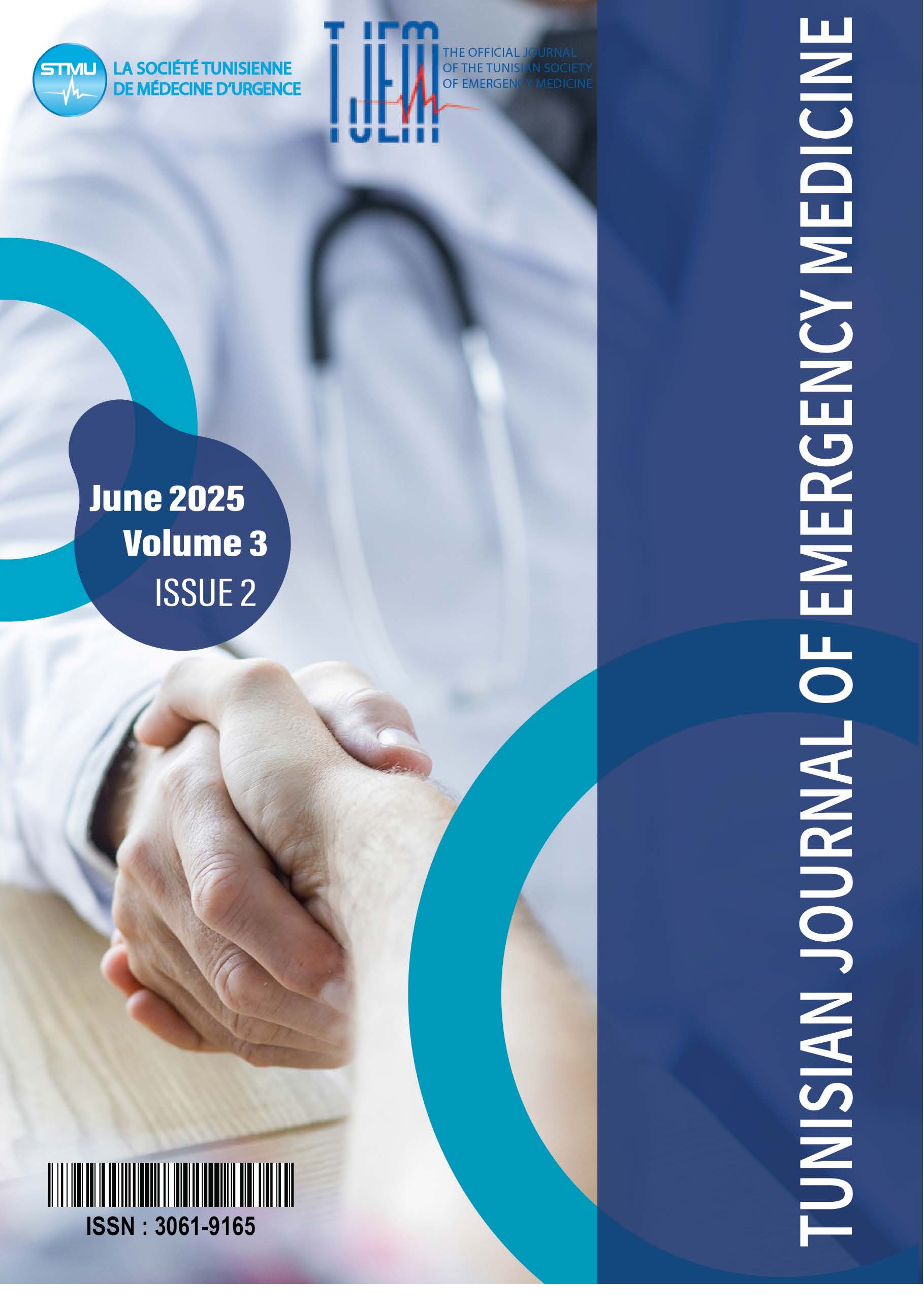Mortality in Pediatric Intensive Care
- Authors
-
-
mahmoud ladhar
service de reanimation pediatrique chu hedi chaker sfax -
Chourouk Frikha
-
Manel Feki
-
Mouna Loukil
-
Faiza Safi
-
- Keywords:
- child mortality, intinsive care units, pediatrics, risk factors, retrospective studies
- Abstract
-
Abstract:
Background: Mortality in pediatric intensive care units is a major concern in critical care medicine due to the unique physiological and clinical characteristics of children. Understanding the causes and complications associated with mortality is essential to improve patient outcomes.
Aim: This study aims to analyze the mortality profile in a pediatric intensive care unit by identifying the main causes of death and associated complications. The objective is to better understand the contributing factors to mortality in order to improve clinical management and care strategies.
Methods: We conducted a retrospective descriptive study including all patients who died in the pediatric intensive care unit at Hedi Chaker University Hospital in Sfax over a one-year period, from September 2023 to September 2024. Demographic data, clinical characteristics, underlying conditions, treatments received, and complications were collected and analyzed.
Results: A total of 41 deaths were recorded during the study period, corresponding to a mortality rate of 14.08%. The highest mortality was observed in spring (21.8%) and summer (18.18%). The median age of deceased patients was 15.4 months, ranging from 7 days to 11 years, with a male predominance (65.9%). Most children lived in urban areas (75.6%), and 46.3% came from socioeconomically disadvantaged backgrounds. Underlying conditions were present in 26.8% of patients, and 36.6% were born to consanguineous parents. More than half (51.2%) were referred from pediatric wards. Mechanical ventilation was used in 90.2% of cases, and vasoactive drugs in 70.7%. The most common complications were cardiovascular (68.3%), metabolic (56%), hematological (56%), respiratory (46.3%), infectious (43.9%), and neurological (26.8%). Infectious causes were the leading cause of death (26.82%), including severe acute bronchiolitis (14.63%) and malignant pertussis (22%). Congenital heart diseases accounted for 7.31% of deaths.
Conclusions: This study highlights the principal causes and complications associated with pediatric mortality in intensive care. These findings provide important insights for improving risk stratification, optimizing care strategies, and ultimately reducing mortality in critically ill children.
- Downloads
- Published
- 30-06-2025
- Section
- Retrospective or cross-sectional study
- License
-
Copyright (c) 2025 Tunisian Journal of Emergency Medicine

This work is licensed under a Creative Commons Attribution-NonCommercial-ShareAlike 4.0 International License.


